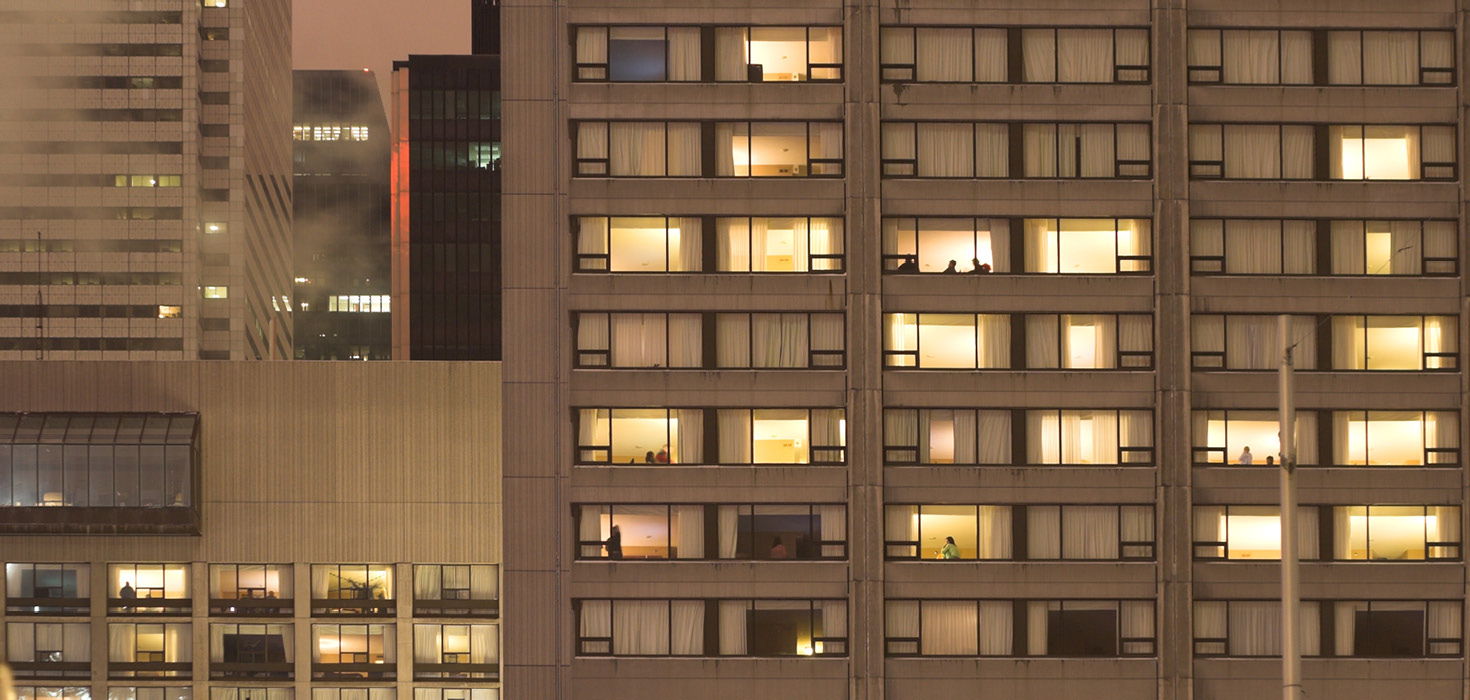In the lead-up to the June 26 mayoral byelection, the Toronto Region Board of Trade is calling on candidates to share their plans to act on the key issues facing the city. This week, the board’s president and CEO, Jan De Silva, joins Jon Love, founder and CEO of KingSett Capital, to look at the housing crisis that is caused by population growth continuing to outpace creation of new homes — making life more difficult for newcomers and those who want to stay.
Read this article on tvo.org, and visit our Mayoral By-Election campaign to learn What's at Stake.
Let’s begin with the good news: Toronto remains an attractive place to live, work, and play, drawing people from all over the world to join and participate in our community.
The challenge is that every week, 3,000 people arrive in Toronto, and we need to find places for them to live. Growth in Toronto’s housing stock has consistently trailed growth in its population, resulting in excess demand and dwindling supply — which in turns means elevated prices and rents.
Even after prices decreased in response to interest-rate hikes, the average Toronto house remains more than $1 million, and CMHC expects prices to start increasing again later this year as demand continues to outpace our ability to build and open up new, more affordable options. Meanwhile, the average rent for a one-bedroom apartment in a purpose-built building or condominium is more than $2,500, according to Rental.ca’s National Rental Report.
We are beyond an affordability crisis: housing isn't just unaffordable — it's unattainable.
The city has policy levers it could pull that would immediately start closing the gap between the homes we need and the homes we can provide.
The next mayor could push to redefine what a single-family home looks like: reduce the required minimum width of new houses, encourage basement and laneway suites, do away with parking minimums for condos and apartment buildings. They could pave the way for faster, more streamlined new builds by committing to fast-tracking multi-residential developments.
Major boulevards need as-of-right zoning for residential buildings of eight to 12 storeys. The fact that the Danforth, a main thoroughfare on a major transit line, is essentially untouchable speaks to the resistance that too often holds us back from exploring bold solutions — and stresses the need for city council to take the housing crisis more seriously.
City staff came forward with recommendations last month that would allow for the building of multiplexes in all neighbourhoods. On May 10, they were passed. This gentle increase in density will be a welcome change and start making a dent in the housing crisis. It aligns with what the Board of Trade called for in its 2021 Meeting in the Middle report.
Before this, in Toronto, 70 per cent of neighbourhoods permitted only detached houses with secondary suites. If just one home were created on every hectare that was zoned exclusively for detached houses, 45,000 more people could find a home.
This kind of gentle densification in neighborhoods is good for all because once you improve a property and increase how many homes are on a parcel of land, you increase the amount of revenue that goes into city coffers via property taxes. And those are taxes that a municipality collects forever. Maximizing density, housing more people, and creating increased tax revenue — it’s a win-win-win situation the city desperately needs to pay for the services a megacity like Toronto requires.
Regarding affordable housing: today, nearly one-third of the cost of a multi-residential building are levies, permit fees, and taxes. These taxes and fees could be waived in exchange for long-term affordable rental units, which could unlock substantial additions to our much-needed affordable inventory. If all levels of government want affordability, waiving these taxes on new builds would be a major step. And it needs to be led by the mayor.
We also need to direct new energy and investment to social and supportive housing in order to expand transitional and supportive housing for our neighbours in need.
We need a mayor who will make the tough decisions and, if necessary, use their strong-mayor powers to get the job done. We are a city that has always relied on newcomers; with an acute labour shortage, we need them now more than ever. Public-policy decisions got us here; smart public-policy decisions can move us back in the right direction.
Without urgent changes to how we build housing, prices will continue to rise, families will continue to leave, and newcomers will continue to struggle — putting the future success of our city at stake.
